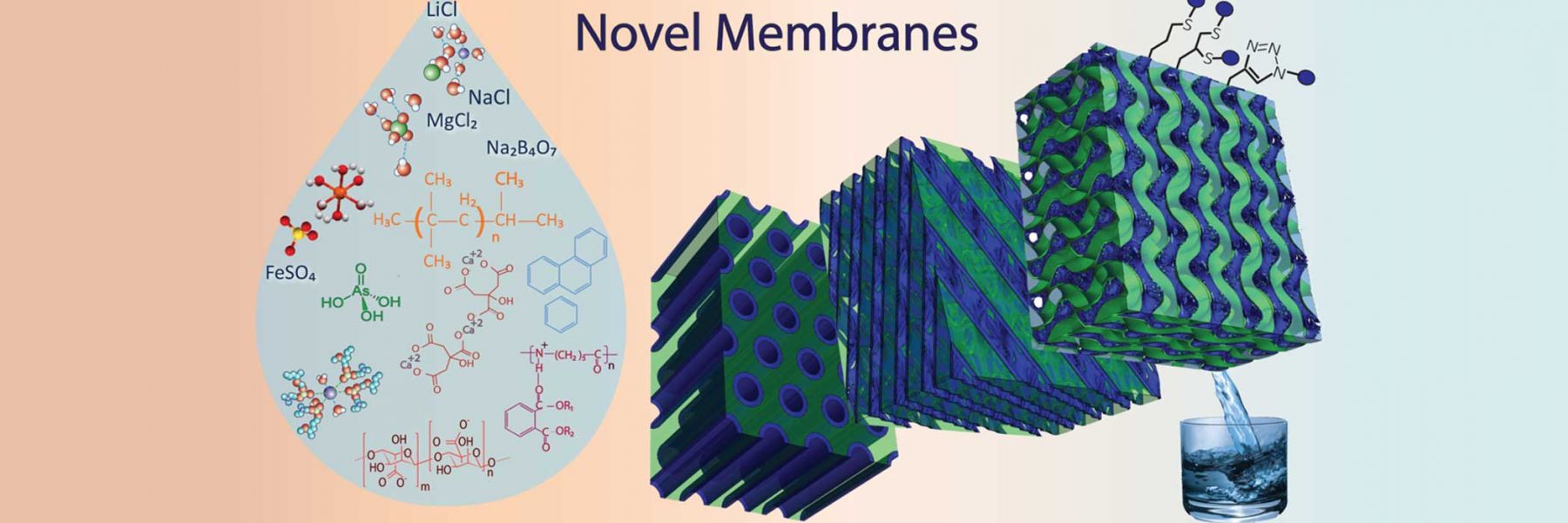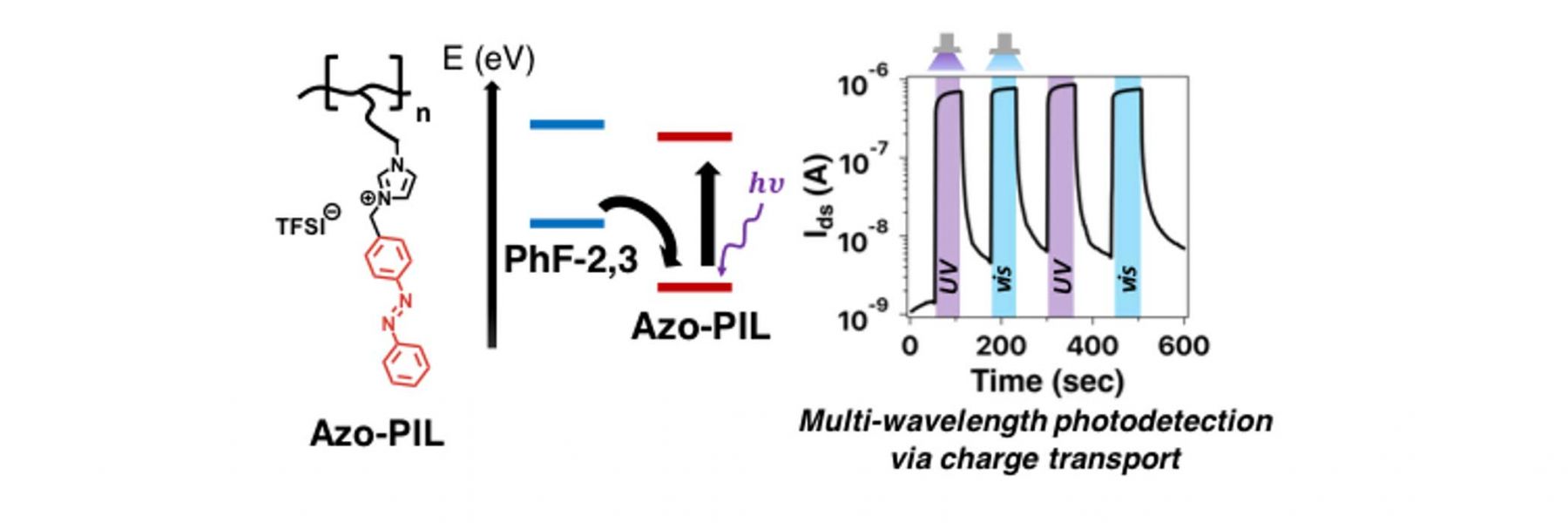Membranes & Films
Lithium Extraction via Polymer Membrane Technology
Lithium is a key ingredient in batteries, which are integral components of next-generation automobiles, airplanes, grid energy storage, and electronic devices. Unfortunately, lithium extraction from natural sources is laborious, slow, and costly, motivating the search for more efficient isolation techniques. While polymeric membranes could reduce the cost of lithium recovery, current membrane materials lack sufficient lithium-ion selectivity. To address this challenge, we introduce a new class of polymeric membranes that incorporate ion binding sites, which significantly increase the transport selectivity of LiCl over NaCl. These studies provide potential guidelines and practical considerations for incorporating specific interactants into polymers for selective ion transport
Thin Film Selective Deposition
Polymeric thin films are used in photolithography — the process of creating computer chips and memory devices — to translate patterns of light into features on a substrate. The complexity of this process demands the sequential alignment of many different layers, which is a challenge known as “overlay.” We are developing strategies to mitigate overlay requirements by studying new thin film patterning techniques that selectively deposit polymeric material on heterogeneous substrates during spin coating. This simple approach, termed “spin dewetting,” can generate selective deposition on dielectric/metal patterns that are relevant to the semi-conductor industry.



